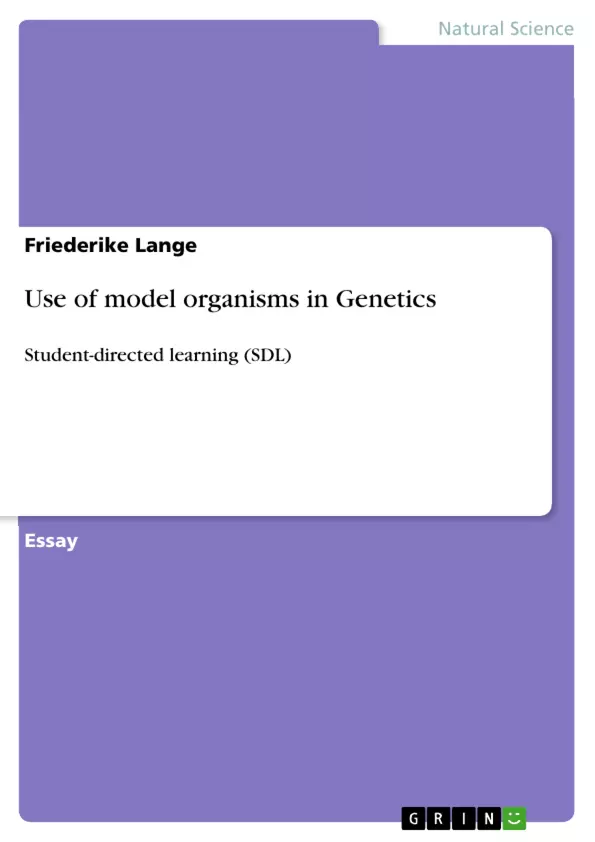Description and designing of experiments to address the unknown function of the novel gene PUG1 in yeast (no obvious sequence homology with any known yeast gene; constantly expressed throughout cell cycle) following these questions:
Q1) How would you determine the function of PUG1 in yeast?
Q2) How would you identify homologous PUG1 gene(s) in one named invertebrate?
Q3) How would you determine the function of PUG1 homologue(s) in this named invertebrate?
Q4) How would you identify homologous PUG1 gene(s) in one named vertebrate?
Q5) How would you determine the function of PUG1 homologue(s) in this named vertebrate?
Inhaltsverzeichnis (Table of Contents)
- Q1) How would you determine the function of PUG1 in yeast?
- Q2) How would you identify homologous PUG1 gene(s) in one named invertebrate?
- Q3) How would you determine the function of PUG1 homologue(s) in this named invertebrate?
- Q4) How would you identify homologous PUG1 gene(s) in one named vertebrate?
- Q5) How would you determine the function of PUG1 homologue(s) in this named vertebrate?
Zielsetzung und Themenschwerpunkte (Objectives and Key Themes)
This text focuses on the process of determining the function of a novel gene, PUG1, in yeast. It examines a series of questions that address the identification and analysis of PUG1's homologues in both invertebrate and vertebrate organisms. The central objectives are to understand the function of PUG1, explore its evolution, and identify potential homologous genes in other organisms. Key themes include:- Gene function and characterization
- Homology and evolution
- Comparative genomics
- Experimental techniques for gene analysis
- Knockout and RNAi approaches
Zusammenfassung der Kapitel (Chapter Summaries)
Q1) How would you determine the function of PUG1 in yeast?
This chapter outlines different approaches to determining the function of PUG1 in yeast. It explores both sequence-based and function-based methodologies. The author discusses techniques like sequence alignment, structural prediction, and knockout experiments to identify potential roles for PUG1 in cellular processes.Q2) How would you identify homologous PUG1 gene(s) in one named invertebrate?
This chapter focuses on identifying homologous genes to PUG1 in a specific invertebrate, Caenorhabditis elegans. The author explains the use of sequence alignment programs like BLAST and FASTA for finding homologous genes. The importance of considering structural homology alongside sequence similarity is highlighted, particularly due to the possibility of mutations and introns affecting sequence alignments.Q3) How would you determine the function of PUG1 homologue(s) in this named invertebrate?
This chapter delves into methods for determining the function of PUG1 homologues in C. elegans. Techniques such as RNA interference (RNAi) and the creation of knockout mutants are discussed. The author emphasizes the potential of both approaches to reveal phenotypic changes and ultimately decipher the function of PUG1 homologues.Schlüsselwörter (Keywords)
The primary focus of this text is on the analysis and characterization of the gene PUG1. Key concepts include gene function, homology, evolutionary relationships, comparative genomics, knockout experiments, RNA interference, sequence alignment, and structural prediction. The work explores the application of various techniques to unravel the function of a novel gene and its homologues across different organisms.
Ende der Leseprobe aus 9 Seiten
- nach oben
- Arbeit zitieren
- Friederike Lange (Autor:in), 2010, Use of model organisms in Genetics, München, GRIN Verlag, https://www.grin.com/document/179168
Blick ins Buch



